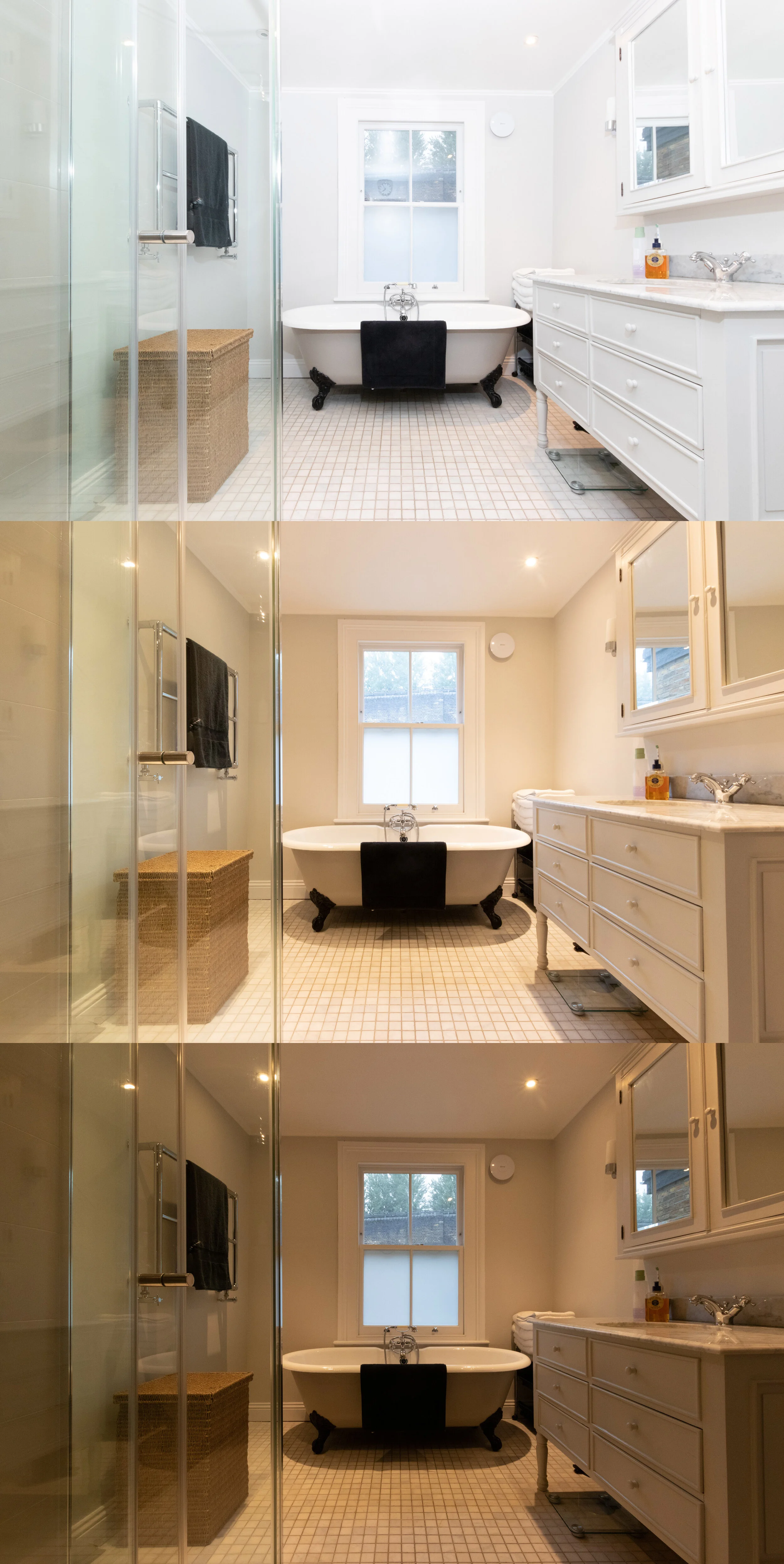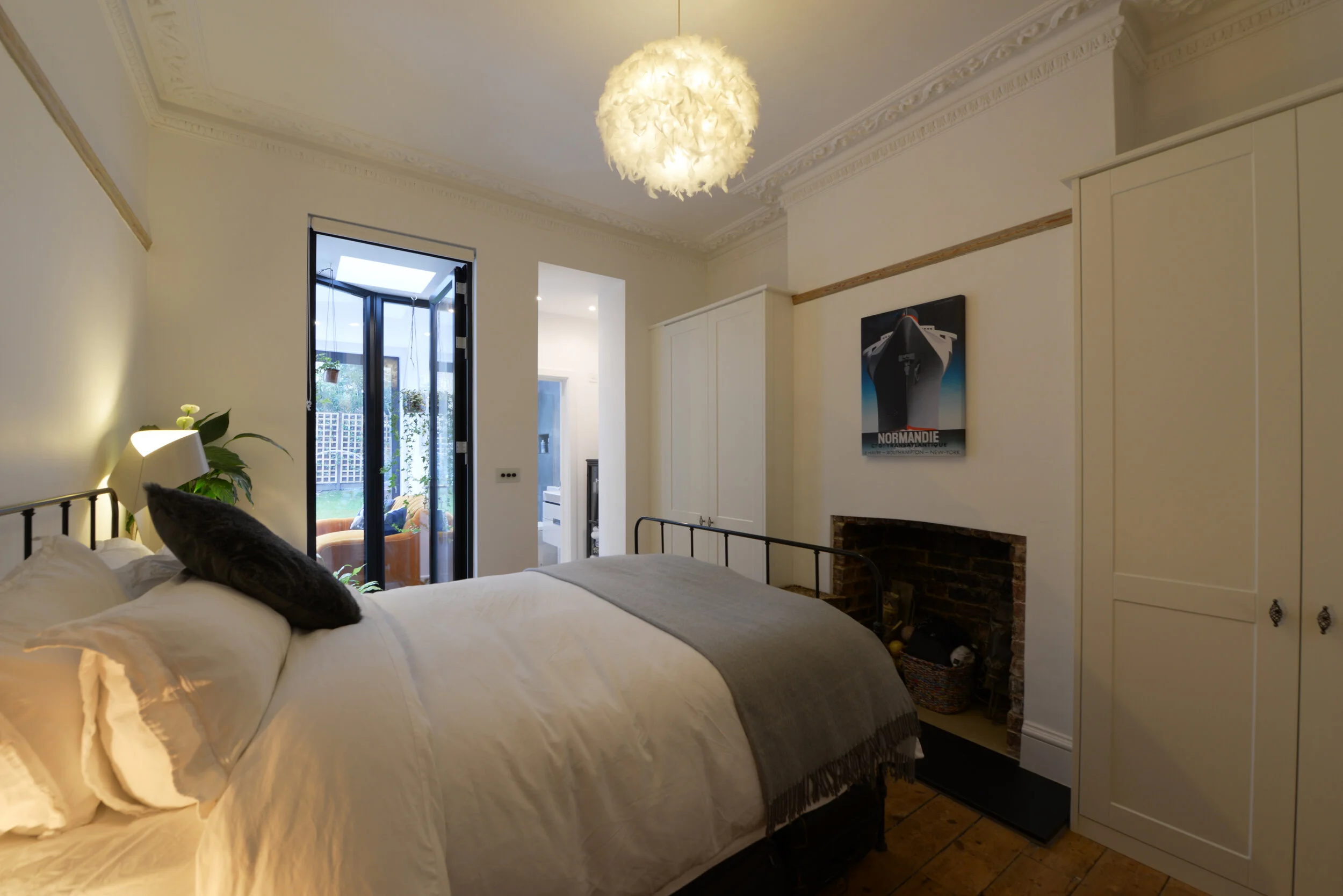As we move our way through the winter months, the emphasis on good lighting becomes even more important for property photographers.
Often we find ourselves employing all the tricks of the trade to try and create well lit internal images that still look natural and balanced externals that look sunny and inviting despite the plunging temperatures.
When done well, lighting conveys a desirable atmosphere and sets the tone of the property while drawing out the best features for marketing.
Now, as much as we love lighting for interior photography, not all lights are created equal. Many overhead pendant lights or corner lamps can introduce the wrong kinds of colours or unsightly pooling of light. This needs to be balanced by the photographer at the shooting stage so it can be easily dealt with when we take the images into post production.
Final Edit
Lighting Exposures
Not all rooms are lucky enough to have large floor to ceiling windows or glass doors that bring in bursts of natural light so for situations like this an external flash light is used. However too much light (from either the flash or the sun outside) can overexpose the view through the window or blow out certain features on the walls and ceiling.
This becomes a delicate balancing act between the light, the photographer and the camera to ensure we have all different aspects of the scene correctly lit in different shots that can be combined digitally after the shoot.
Final Edit
Lighting Exposures
There are pros and cons to relying on both natural and artificial lighting as a property photographer. Mostly this comes down to your ability to control the different sources efficiently. While some situations are beyond our control, it is important to plan accordingly where possible. The time of day and time of year both play a large role in how light influences a photo.
As we begin to lose the light earlier in the day, the temperature of the natural light can not only appear cooler as it enters through the windows, but it can also contrast wildly with the warm temperatures of the interior lighting. This results in some (admittedly cinematic, yet) wildly unhelpful blue and yellow tones.
Final Edit
Original Exposure
We use different methods of shooting to avoid this when at the property, then retouch digitally to give your spaces the most harmonious, natural feel possible.
The flash can be helpful when used in the right way and in the right situations. Sometimes, unfortunately, it can end up doing more harm than good. Not only can it overpower the image - losing key details in over-brightened areas - but the harsh dark shadows it creates can often be challenging to remove digitally. The more clutter a room has, the more chance there is that unsightly shadows will be created. Striking a balance between natural light, artificial light and the amount of objects in the room helps avoid unnecessary amounts of work in post-production.
Final Edit
Lighting Exposures
Different methods of lighting aside, the most versatile tool in the photographer’s kit is adaptability. Knowing how and when to employ different tricks at different times of the day and throughout the changing seasons is what gives professional property photography the edge over DIY options.








